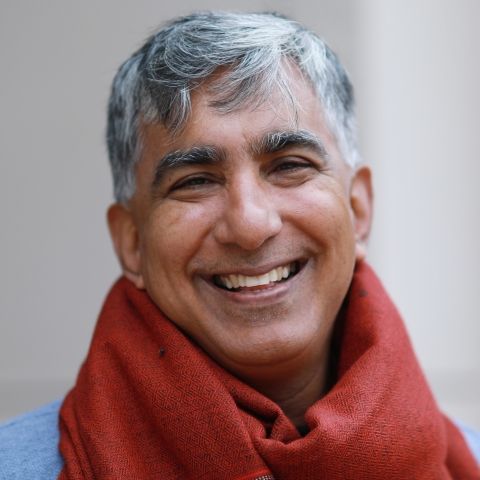What forms of discrimination are likely to be salient in the coming decade? This Essay flags a cluster of problems that roughly fall under the rubric of inclusive exclusions or discrimination by inclusion. Much contemporary discrimination theory and empirical work is concerned not simply with mapping the forces that keep people out of the labor market but also with identifying the forces that push them into hierarchical structures within workplaces and labor markets. Underwriting this effort is the notion that, while determining precisely what happens before and during the moment in which a prospective employee is excluded from an employment opportunity remains crucial to anti-discrimination theory and practice, significant employment discrimination problems can occur after a person is hired and becomes an employee. These problems transcend racial and sexual harassment and include a range of subtle institutional practices and micro interpersonal dynamics that create systemic advantages for some employees and disadvantages for others. We predict that the next generation of race discrimination scholarship will engage these "after inclusion" workplace difficulties theoretically, empirically and doctrinally.
